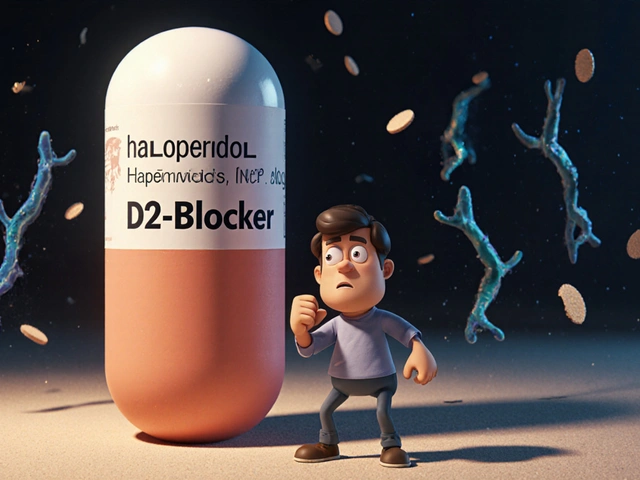Antibiotics: what they do and how to use them safely
Antibiotics kill or stop bacteria. They don’t work on viruses like colds or the flu. That simple fact prevents a lot of mistakes. Use the right drug, at the right dose, for the right length of time — that’s how you get better and avoid creating resistant bacteria.
How antibiotics are commonly used
Doctors prescribe antibiotics for things like urinary tract infections (UTIs), strep throat, some skin infections, and certain lung infections. Some antibiotics work best for specific bugs: for example, nitrofurantoin and fosfomycin are often used for simple UTIs, while ethambutol is part of TB treatment. If your doctor suspects a bacterial infection, they may order a culture to pick the most effective antibiotic.
Never take leftover antibiotics or someone else’s pills. The dose and drug must match the infection. Stopping early can leave surviving bacteria that are harder to treat next time.
Practical safety tips
Finish the full course unless your doctor tells you otherwise. If you feel better but stop early, the infection can return. Watch for common side effects: nausea, diarrhea, rash. Severe signs — high fever, difficulty breathing, swelling of the face or throat — need immediate care.
Tell your provider about allergies (especially to penicillin), current medicines, and pregnancy or breastfeeding. Some antibiotics interact with other drugs. For example, certain antibiotics can reduce the effectiveness of birth control or increase side effects from blood thinners. Avoid alcohol with some types, and check food interactions (dairy can affect tetracyclines).
Antibiotic resistance is a real problem. Misusing antibiotics — taking them for viral infections, skipping doses, or using wrong drugs — helps bacteria evolve resistance. That can turn a treatable infection into one needing stronger, more expensive drugs.
If symptoms don’t improve in 48–72 hours, contact your doctor. You may need a different antibiotic or a test to confirm the cause.
Buying antibiotics online — what to check
Buying meds online can save money, but be careful. Always use a licensed pharmacy that requires a prescription. Look for clear contact info, a licensed pharmacist, and secure payment. Avoid sites that sell prescription antibiotics without asking for a prescription, offer suspiciously low prices, or hide where they ship from.
Check reviews from real users, search the pharmacy name plus “scam” or “license,” and confirm shipping conditions — some drugs need temperature control. If something seems off, don’t risk it. When in doubt, call your local pharmacy or talk to your healthcare provider for safer options.
Used correctly, antibiotics save lives. Use them responsibly, follow your provider’s directions, and be cautious when buying online to stay safe and effective.

Zinc Supplements and Antibiotics: How to Time Your Doses for Maximum Absorption
Learn how to time zinc supplements and antibiotics properly to avoid reduced absorption and treatment failure. Key interactions with tetracyclines, quinolones, and cephalexin explained with practical dosing tips.

Top Zithromax Alternatives to Consider in 2024
In 2024, individuals seeking alternatives to Zithromax have several effective options at their disposal. This article explores nine alternative antibiotics, including Amoxicillin, Augmentin, and Doxycycline, each with their unique pros and cons. Learn about the range of infections these alternatives can treat and consider factors such as availability, forms, and potential side effects. Explore which antibiotic might be a suitable choice for specific bacterial infections based on the latest medical insights.
Categories
- Medications (50)
- Health and Medicine (46)
- Health and Wellness (34)
- Online Pharmacy Guides (15)
- Nutrition and Supplements (7)
- Parenting and Family (3)
- Environment and Conservation (2)
- healthcare (2)
- prescription savings (1)



